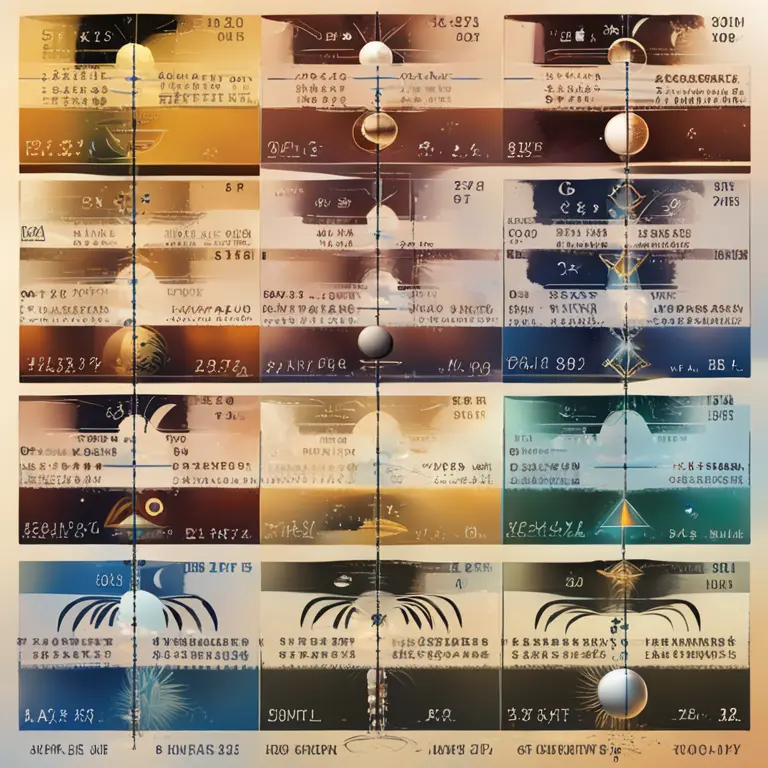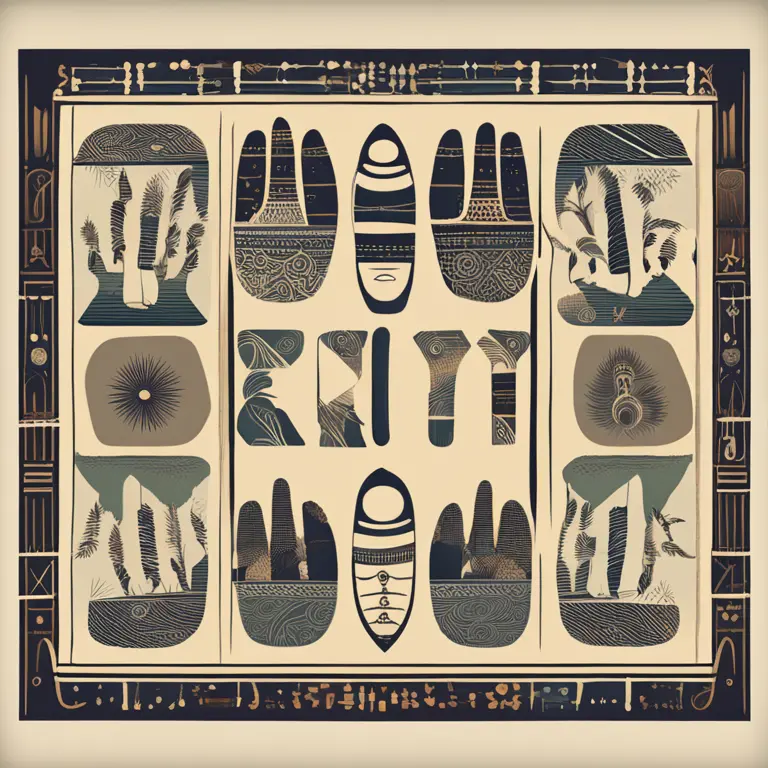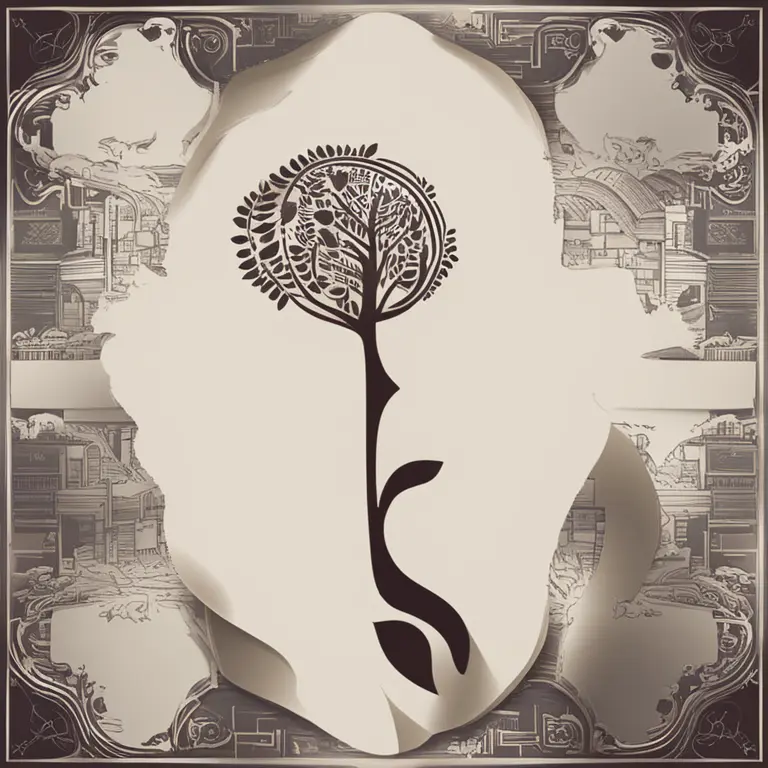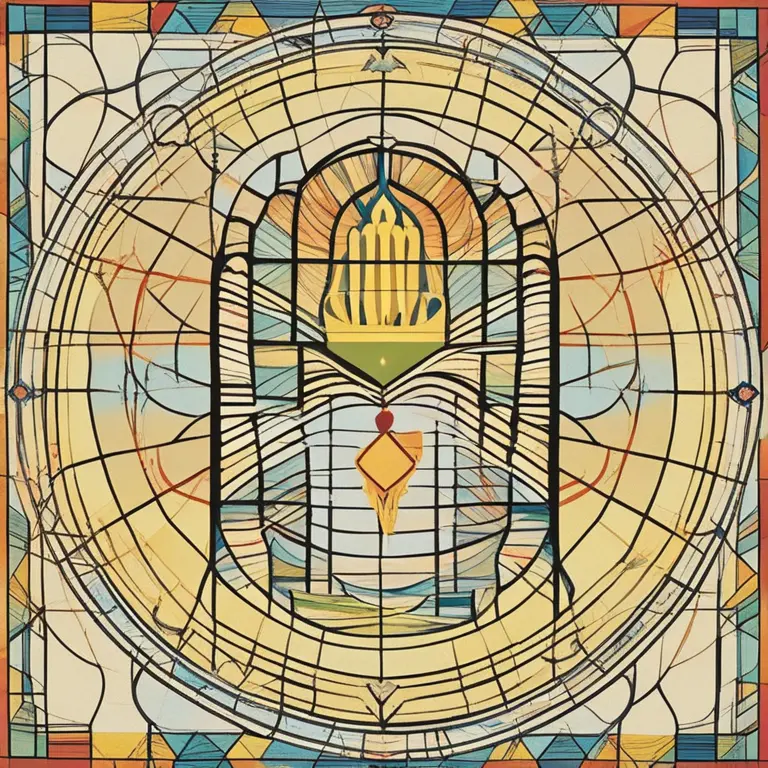
The Essence of Palmistry: Insights into Hand Analysis
Discover the art of palmistry, the study of palms to unveil life paths, characters, and destinies, contributing to the mystic realm of self-discovery.
article by Nora Pennington
Palmistry: A Brief Overview
Palmistry, or chiromancy, has been a guiding light in the mystic realm for centuries, offering insights into one's character and destiny through the study of the palm. The practice, rooted in various ancient cultures, stands fascinatingly at the crossroads of tradition and contemporary interest. In today's world, palmistry has not only sustained its allure but has also evolved with new interpretations and methods. In this introduction, we'll delve into the modern understanding of palmistry and uncover the foundational aspects that continue to intrigue enthusiasts and skeptics alike.

The Lines of Life
The core of palmistry lies within the examination of the palm lines. The major lines—namely the heart line, head line, life line, and fate line—are believed to reflect key aspects of one's personal narrative. Advances in palmistry have linked these lines to broader psychological principles, affirming that an individual's hands might mirror their mental and emotional states. Experts assert that changes in these lines can occur over time, suggesting that our palms are dynamic maps of our changing lives and experiences, contrary to the static interpretations of the past.

Mounts and Markings
Palmistry also takes into account the mounts—the fleshy pads on the palm—and various markings that can appear alongside the lines. Each mount is associated with a different planetary influence, adding layers of complexity to a palm reading. The mounts of Venus, Jupiter, Saturn, the Sun, Mercury, Mars, and the Moon all contribute nuanced details to an individual's profile. Likewise, markings like crosses, stars, and triangles play their unique roles in adding depth to the hand's narrative. This astrological perspective is continually updated to align with trends in contemporary astrology.

Hand Shapes and Elements
The shape of the hand itself bears significance in palmistry, with practitioners categorizing hands into elemental groups: earth, air, fire, and water. Each type is said to convey a different temperament and personality, forming a fundamental part of the palmistic diagnosis. Recent interpretations have incorporated theories from personality psychology, suggesting that hand shapes may correspond with established personality types, offering a harmonious blend between ancient wisdom and modern scientific thought.

Technological Advancements in Palmistry
The digital age has transformed palmistry too. Cutting-edge apps and software now allow for in-depth hand analysis using image recognition and algorithms based on thousands of hand readings. These tools aim to standardize interpretations and provide users access to palm reading without the need of a personal palmist, thereby bringing an age-old practice into the universe of accessible wellness modalities. Given the dynamic nature of technology, future developments are expected to continually reshape the way palmistry is practiced and consumed.
Critical Perspectives and Evolving Practices
Despite its popularity, palmistry faces skepticism for its non-scientific foundations. Proponents argue that the value of palmistry lies in its subjective and reflective qualities, akin to art rather than science. As we look to the future, palmists are increasingly focusing on ethical practices, conscious interpretations, and personal empowerment, moving away from deterministic predictions to a more nuanced approach that underlines guidance and possibility.
Published: 2/1/2024
Modified: 2/1/2024
More predictions
Come back here soon to learn more about yourself and your future


The Art of Palmistry: Discover Your Lines' Secrets
Delve into the ancient tradition of palmistry to decode the story written in the lines of your hands.


An Introduction to Palmistry: Insights from Your Hands
Discover the art of palm reading and how the lines and shapes of your hands can reveal personal insights and future possibilities.


The Essence of Palmistry: Journey Through Hand Analysis
Grasp the basics of palmistry and learn how to interpret the lines and shapes in your hands for insights into personality and destiny.